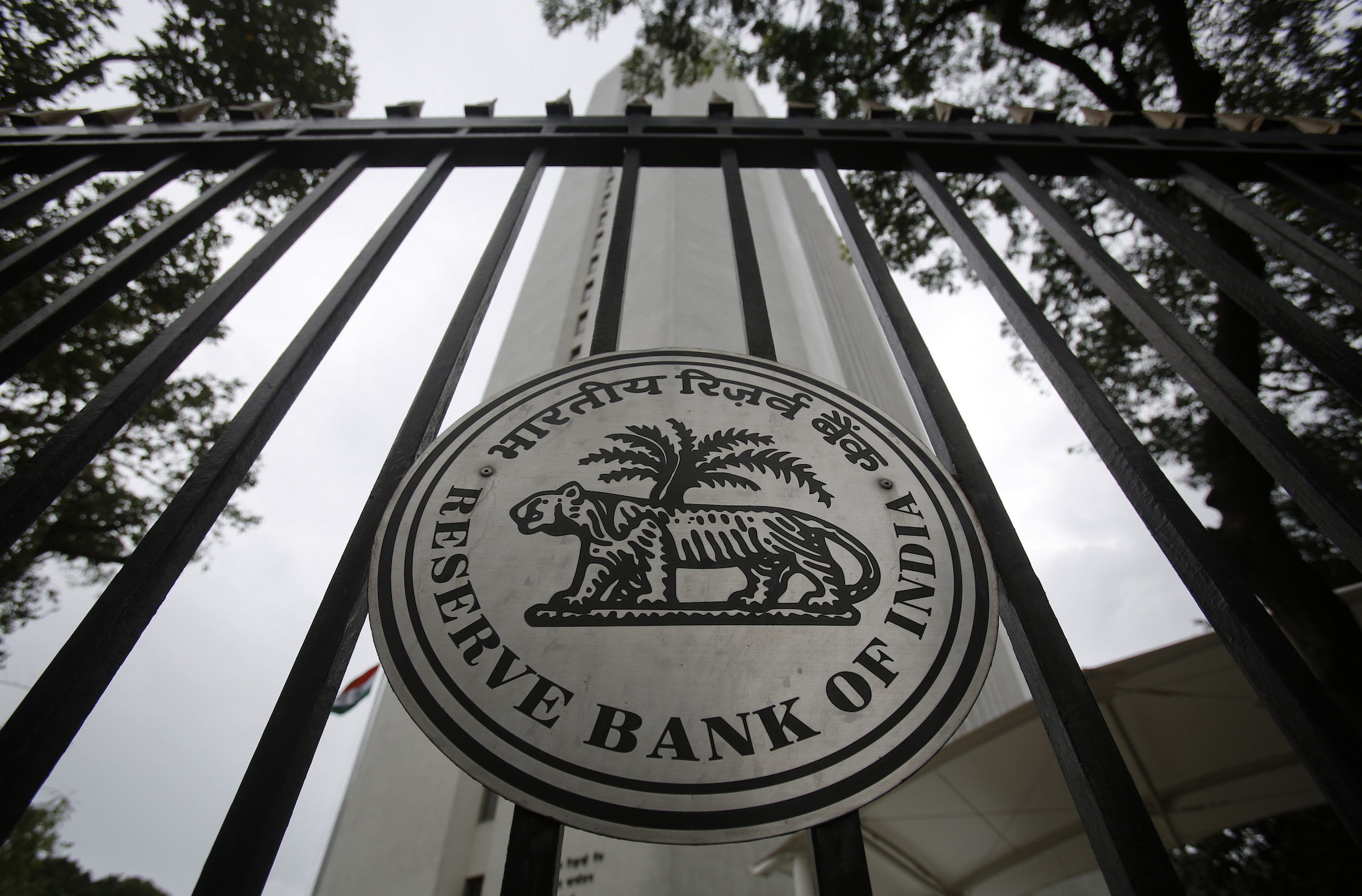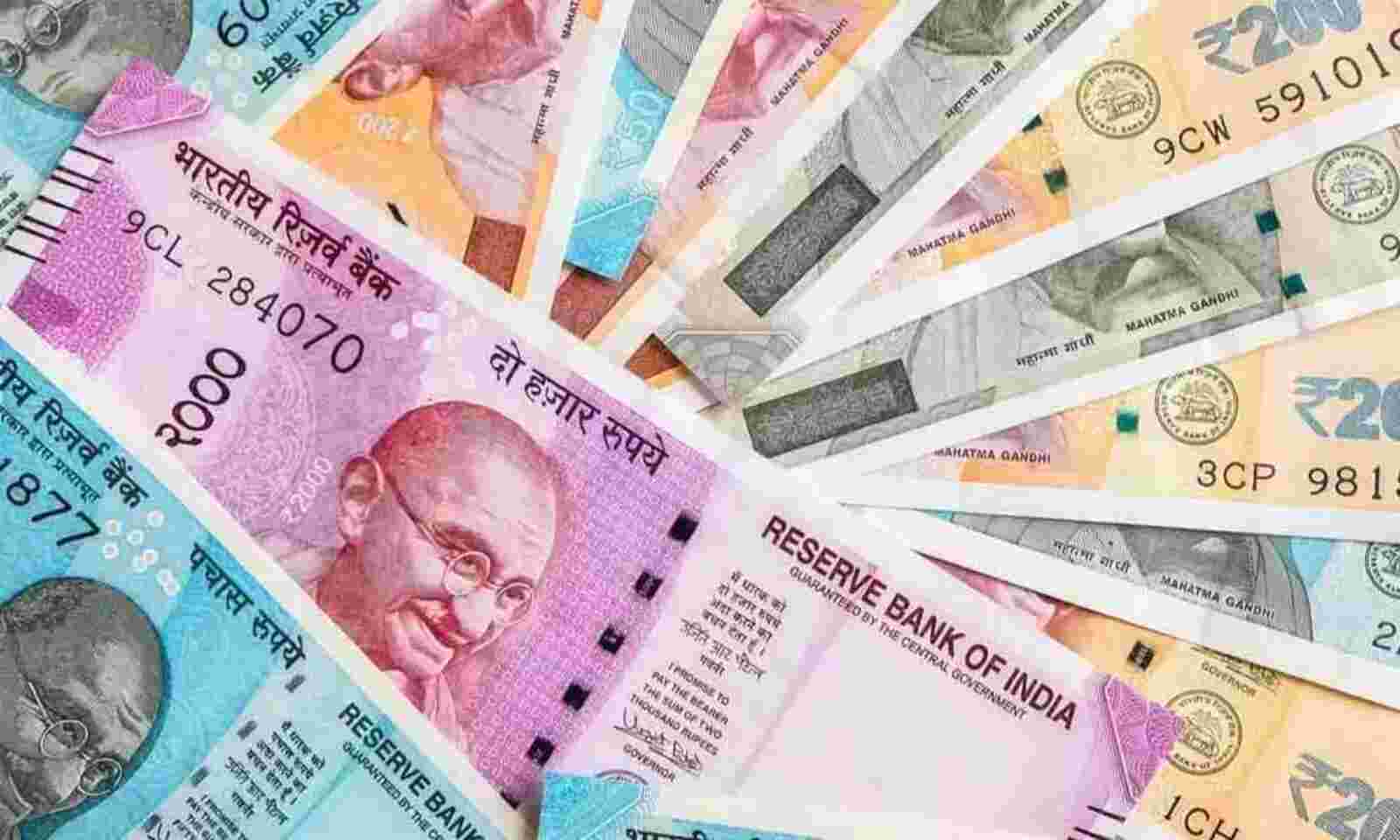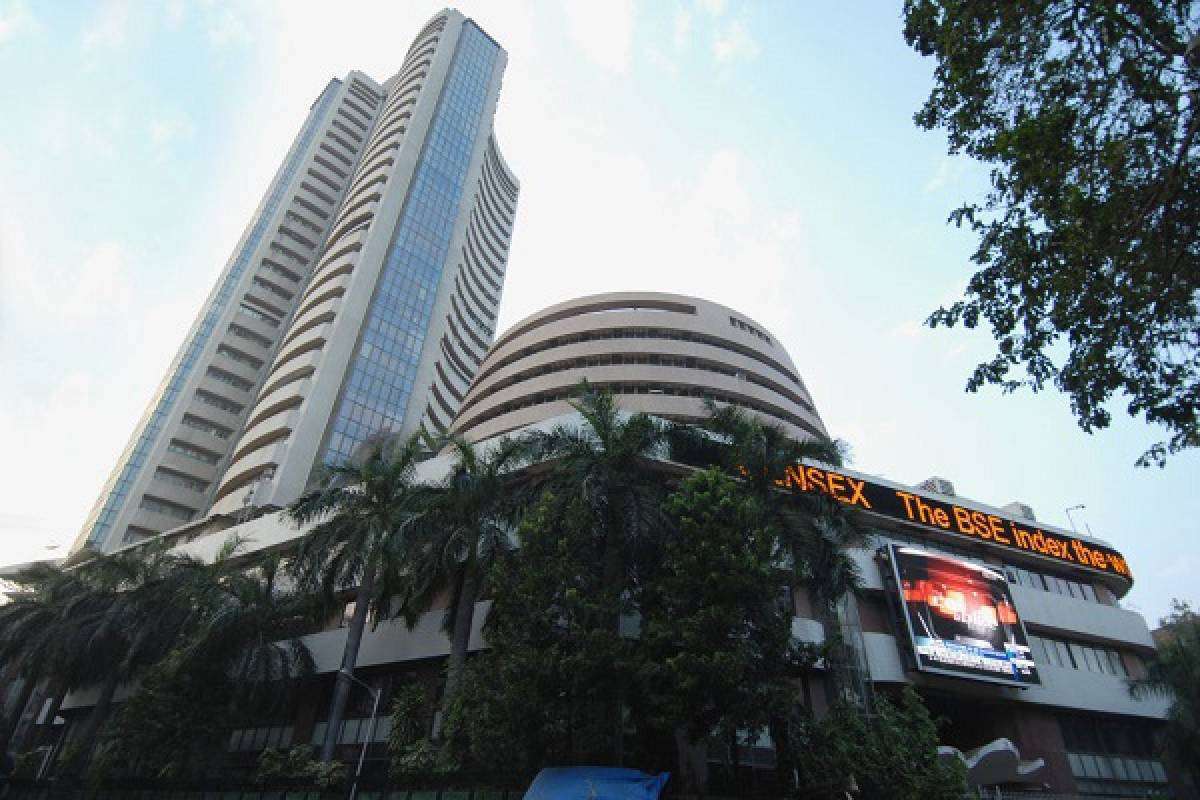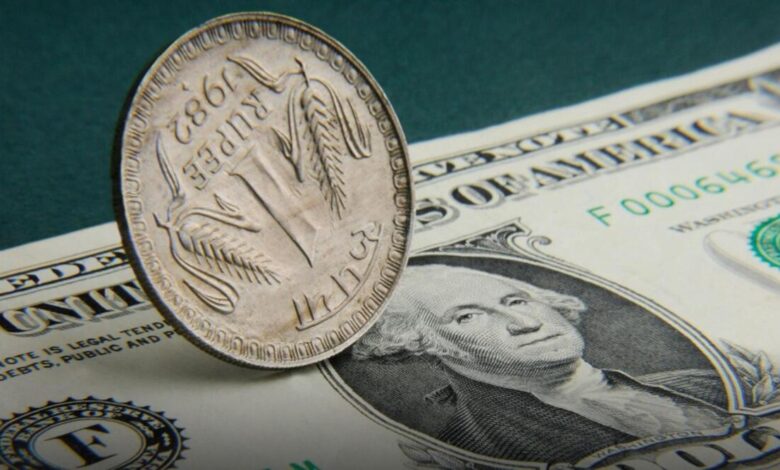
On Tuesday, the Indian rupee declined to 80.06 in respect of the dollar before traders predicted central bank intervention for the currency to recover its losses. The nation’s $30 billion record-high outflow of certain assets from foreign countries so far this year, together with concerns over a growing deficit current account in the face of high oil prices and stock prices, have had an influence on the currency.
The government’s response to the rupee’s freefall is that it is more of a problem with the dollar strengthening than a rupee problem. Is that a valid perspective to adopt?
The dollar is undoubtedly rising, and the Fed is prepared to hike interest rates. This is because inflation has reached a 41-year high, the trend will continue, and the rupee will fall far more. The repercussions of a weaker rupee for us makes it clear that the currency of other nation is also falling, which is not really much of a response.
Given that we import around 80% of our energy needs, a weakening rupee means higher imported inflation at a time when inflation is already quite high also in India. This has serious implications for our deficit current account. Even if we claim that oil prices have been deregulated technically. Although, it is observed that prices climb every time there is an election, contributing to our fiscal deficit because the government is unwilling to pass on the greater costs to consumers.
The RBI has consistently stated that they are more focused on reducing volatility than they are on the level of the rupee. The Bank of Canada, the Monetary Authority of Singapore, and the Central Bank of the Philippines all increased interest rates yesterday. Therefore, countries are limited in what they achieve while the US dollar remains strong.
Views of Central Bank on Dropping Value of Money
People with knowledge of the situation say that the Indian central bank believes that the rupee is trending toward its fair value and that it will intervene to sell dollars from its reserves if there is a true gap. The RBI’s intervention in the forex market as the currency crossed the 80-to-1 threshold was mentioned by traders.
The currency has lost 7 percent of its value so far this year as a deficit in India’s current account, the broadest indicator of external finances, is expected to reach 2.9 percent of gross domestic product in the fiscal year that ends on March 31.
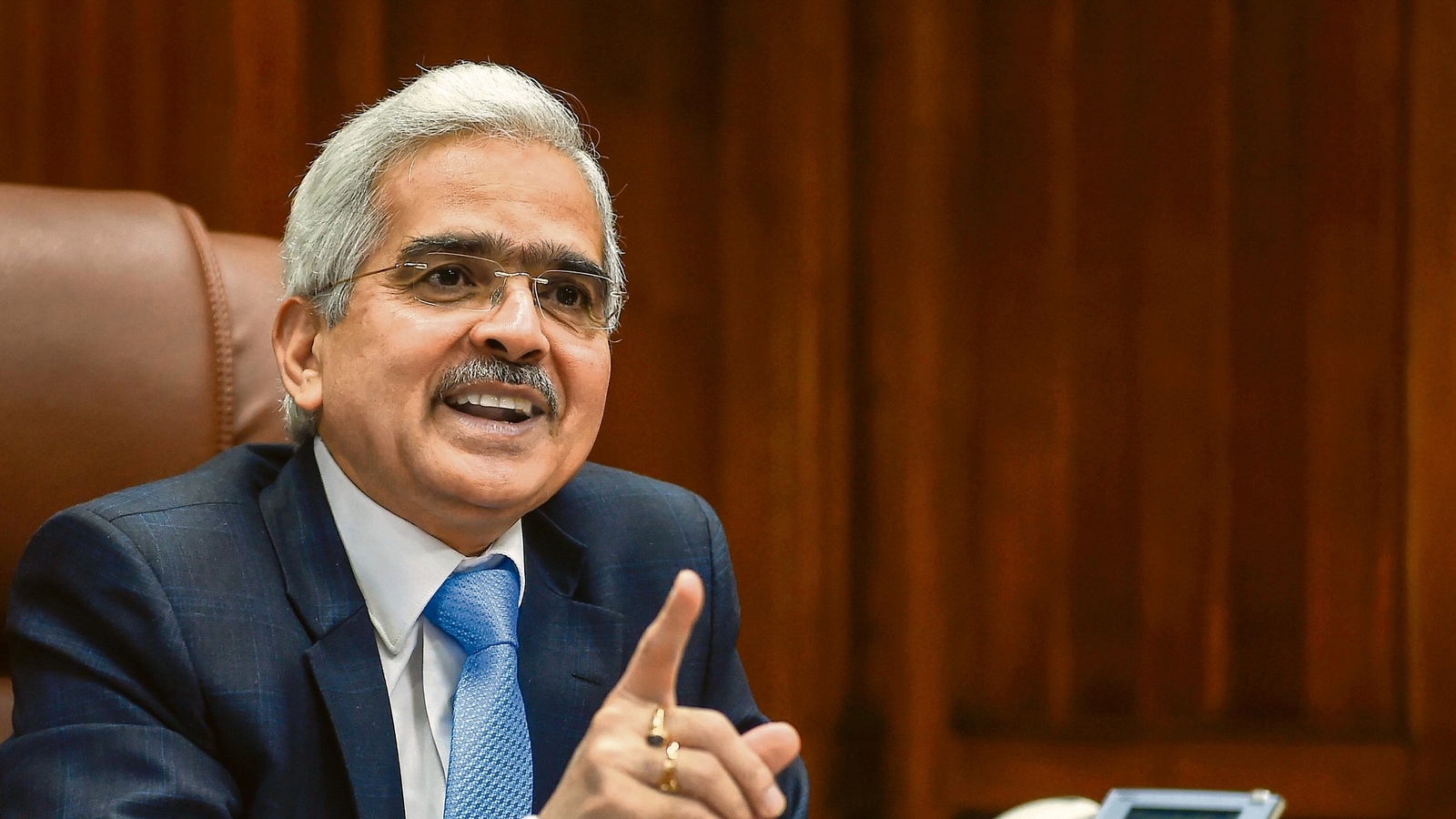
According to Governor Shaktikanta Das earlier this month, India’s central bank supports a currency’s orderly appreciation or depreciation and is intervening in all market segments to reduce volatility.
Nomura Holdings Inc. and Morgan Stanley strategists are still pessimistic about the rupee, predicting that by September, the exchange rate may drop to 82 to the dollar. The rupee may fall to that level between now and the end of December has increased from 50% at the beginning of July, according to the price of options.
The Reserve Bank of India has been victimisation its over $600 billion in exchange reserves to defend the rupee. The government has increased taxes on petroleum exports and imported gold. The monetary authorities also announced plans to boost foreign currency inflows into the economy and enabled trade to be settled in rupees.
Does the fall of the Indian Currency indicate that the Indian economy is weak?
Our fundamentals – a big fiscal deficit, a sizable current account deficit, and we rely heavily on imported oil and that oil prices have been high have long existed. It has been there for quite some time now, ever since the situation in Ukraine began in February. However, the depreciation of the rupee is far more recent.
Therefore, it would be very easy to say the value of the Indian rupee, which may reach Rs 80 to the dollar, reflects the health of the Indian economy. We do not have these simple one-to-one solutions in macroeconomics. The US dollar is a safe haven due to its position as a global reserve currency, which is ironic given that the country may be entering or has already entered a recession.
In macroeconomics, there are no simple solutions; only conflicting signals. How is it that despite an economy that is on the verge of entering a recession and whose growth was negative in the first quarter and contracted in the second, the jobs market appears to be doing extremely well? There are, therefore these, various contradicting signals. It is difficult to conclude that India’s fundamentals are really weak simply because the rupee has gotten up to Rs 80 to the dollar.
Yes, it is true that our fundamentals are not as strong as they were before to Covid, but this is true of every economy and depends on how strong the various currency rates are in relation to one another. The Indian rupee has depreciated principally against the dollar, but not against other currencies; in fact, all currencies have depreciated. Although they have decreased as the Reserve Bank has attempted to safeguard the rupee, it is true that we have sizable reserves.
After all is said and done, I don’t think we need to react negatively to the current exchange rate of Rs. 80 to $1. Although they haven’t, it still presents issues for us, significantly in relation of inflation as imported inflation will rise at a time when inflation is already very high. WPI is at 15.01 percent, which is not at all reassuring. We are more concerned about the effects that 15 straight months of double-digit WPI will have on our consumer price inflation.
Edited and proofread by nikita sharma

